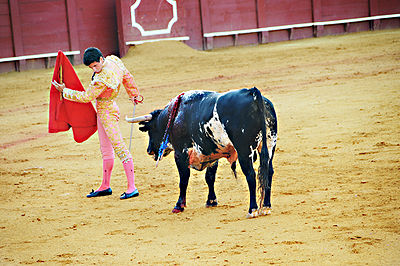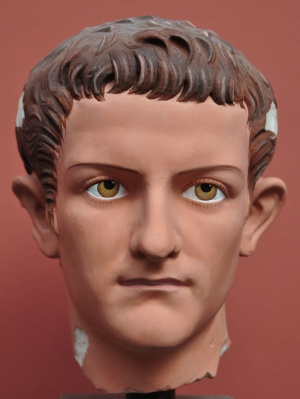There are at least 40 dog breeds that are no longer seen and have become extinct either through predators, selective breeding, work no longer needed or simply through neglect. Most of them have passed their genes on to present day dog breeds. Here are a few of those disappeared dogs.
MOLOSSUS – In Ancient Roman times, these dogs were used mainly in war, guarding soldiers, their flocks and their equipment. The Molossus is the ancestor of many large breed dogs of today.
KURI – Originally from Polynesia, this breed was brought to New Zealand by the Maori tribe. The Maoris used this dog for food and fur and skin for clothing and decorating weapons. After the arrival of Europeans to New Zealand, the Kuri soon became extinct.
CORDOBA FIGHTING DOG – This dog was very powerful, a mix of Mastiff, Bull Terrier and Bulldog and had a ferocious temperament. It was a fighting dog of Argentina. Mating between males and females was almost impossible due to fighting with each other and extinction became inevitable.
HARE INDIAN DOG – The Hare was bred in Canada by the Hare Indians. This domesticated breed had characteristics similar to the coyote and its job was hunting with its humans. Through interbreeding, the Hare disappeared.
TALBOT – Known during the Middle Ages, the Talbot was a tracking dog with an excellent sense of smell. Extinction occurred around the 16th century, but not before it became the ancestor of the Beagle.
BRAQUE DU PUY – Bred in France in the 19th century, this dog was white with orange or liver-colored markings. Although similar breeds exist today, this original disappeared.
RUSSIAN TRACKER – A large dog weighing around 100 lbs., its job was to guard livestock in the Caucasus Mountains. An Englishman, Sir Dudley Marjoribanks, after seeing these dogs perform in a circus, was so impressed that he purchased the entire pack. Sir Marjoribanks eventually created the Golden Retriever out of the Russian Tracker.
PAISLEY TERRIER – A small dog, it originated in Paisley, Scotland. It was a companion dog and bears a close resemblance to the Yorkshire Terrier. The breed’s decline began in the late 1800s.



